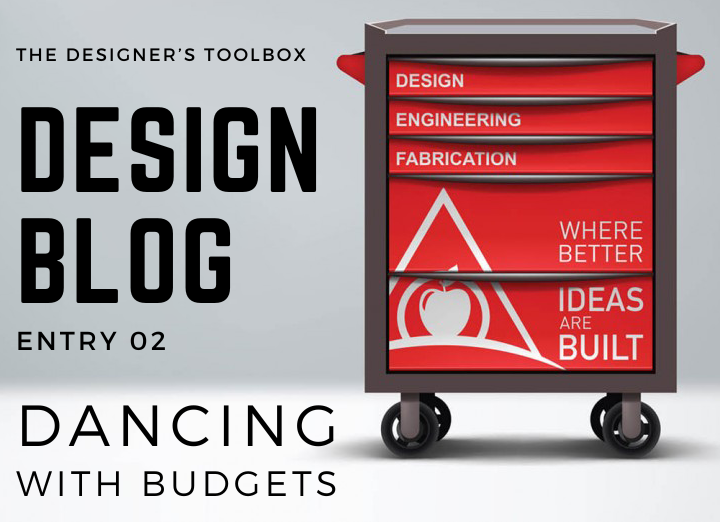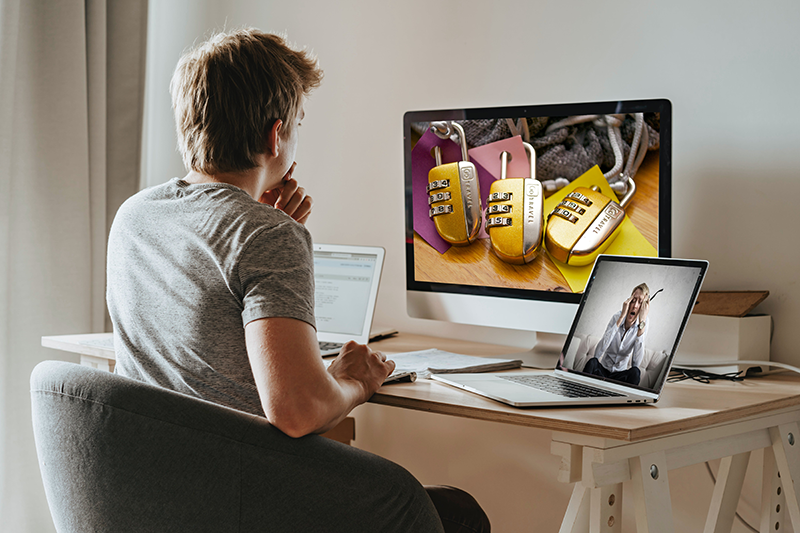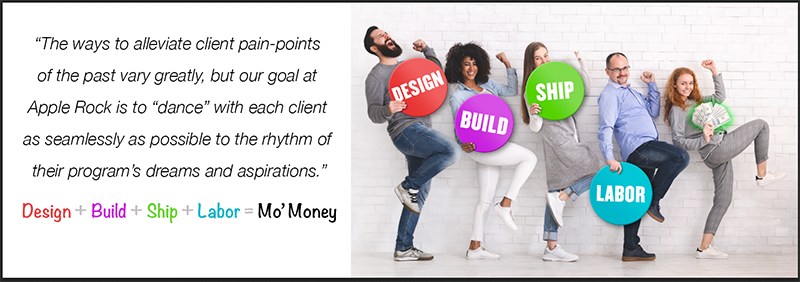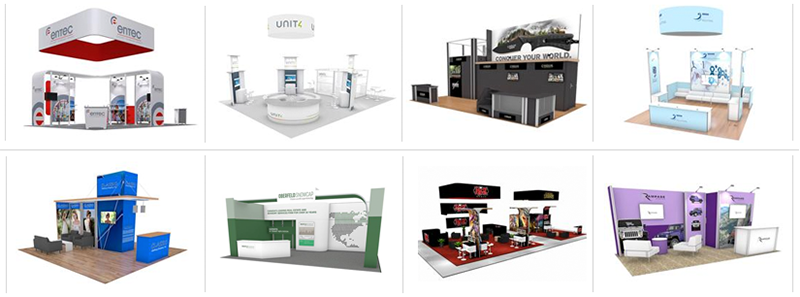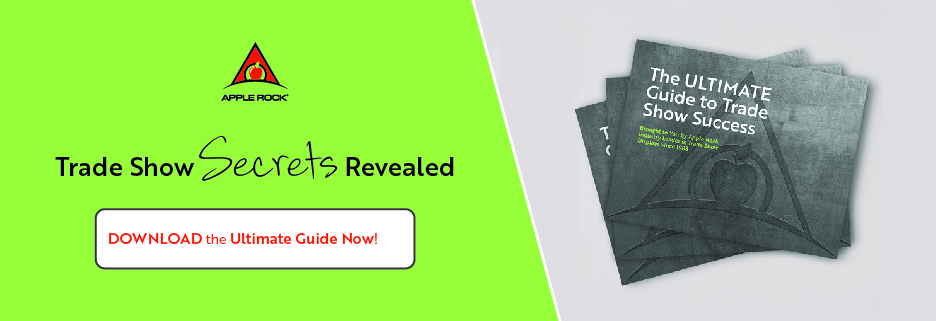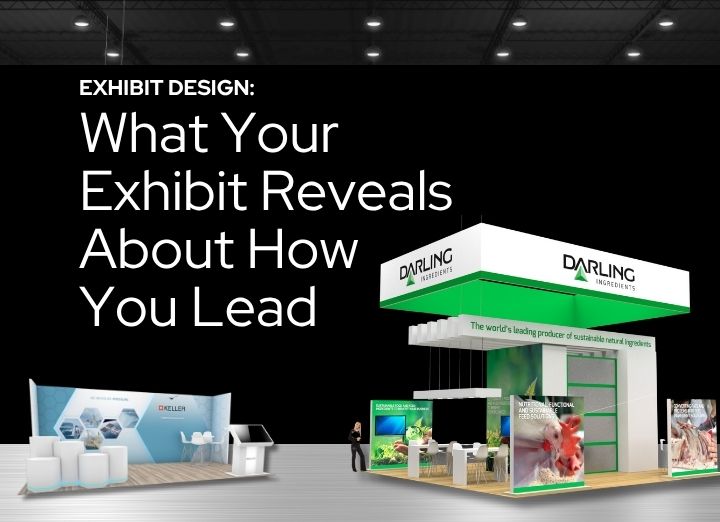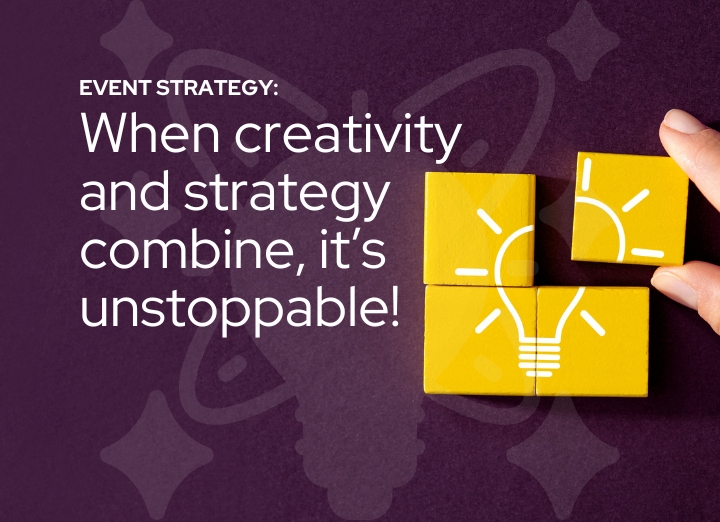It’s that time of the year again.
No, I’m not talking about the holidays. I’m referring to the beginning of the year and Budget Planning for 2024.
Some may think this has little to do with design, but from my perspective, one of the biggest factors that influences what we design is the budget attached to each project versus the objectives needing to be achieved. How we navigate and use that budget varies greatly from project to project and client to client.
One thing I’ve noticed when designing for companies both large and small, is their dreams and aspirations tend to outweigh their pockets. The main one being, they frequently outweigh their pockets. It can be challenging to create a design which meets their desired criteria and goals, while also staying financially feasible. Especially in today’s world of ever shifting material costs and labor rates. Things are changing so fast from day to day and city to city, it really keeps us on our toes working to stay current.
But this is what we love to do.
Also keep in mind many projects arrive with a history already attached. That history may involve a previous design/build house which we have to take into consideration when creating a new experience that aligns with the direction they want to go. Some have shipping cost pains needing to be alleviated. Some have install/dismantle pains that need addressing. Storage, antiquated technology, wear & tear of existing components, the list can go on and on and we must take into account those factors to deliver a successful design solution for each client. It can feel like picking a combination lock and the code to crack it is different with each situation.
For example,
Say a client has been struggling with large shipping costs in the past or with a current exhibit. Once that pain point is discovered we make it our aim to create a design for them which specifically caters to lowering those shipping costs. This can be accomplished in various ways.
- We may create a design with lighter materials than what was used previously. Such as using structural elements within the “skeleton” of the design that can pack down more efficiently for transport.
- Or a client may have exhibited in the past using heavier rigid graphics and we may design something new using full fabric graphics which are lighter weight and also pack down extremely well for shipping.
- In the past printed, fabric graphics came at a premium, but we recently invested in a full, in-house, fabric printing department to help bring those costs down to match rigid graphic prices. The mark-up from fabric graphics being outsourced is a thing of the past and that savings is passed on directly to the client via a lower cost.
- I will say we do have to keep in mind that using structural elements that pack down to ship more efficiently can also increase set-up and labor times. So walking this fine line can be quite the balancing act, but our design and estimation teams work together to accommodate the budgetary strategies discussed with your account executive at the beginning of each project.
One of the biggest budgetary impacts today is the use of hi-tech Audio/Video solutions within exhibiting spaces. It’s the most eye-catching element on show floors today. While creative LED lighting has become fairly affordable, which we implement as often as possible in various ways, it’s the use of large LED tiled screens that are all the current rage in showing off.
Even with healthy budgets these can become quite costly, not only to purchase, but also to manage and maintain at a logistical level. We alleviate that burden by having an in-house A/V partner tto help facilitate and manage these types of technologies. Also with how quickly technology evolves, it’s almost counter productive to purchase and outright own these types of properties. Within just a year something newer and more advanced is being used by the competition and now that large investment may seem outdated somewhat quickly. Our tech partner maintains up-to-date options for the best A/V which we can seamlessly integrate into our designs making renting this technology the way to go.
MANAGING THE LOGISTICS IN-HOUSE, THUS REMOVING THE BURDEN OF OWNERSHIP AND MAINTENANCE OF THOSE PROPERTIES FROM THE CLIENT IS A WIN, WIN, WIN FOR OUR CLIENTS, US AND OUR TECH PARTNER.
The last thing I’ll mention here is what I like to think of as our specialty. Custom Rentals. We offer a wide array of in-stock, custom components our design team can quickly pull from. But we also have the ability to design and build specialized pieces needed for an exhibit or event program.
It’s a niche we enjoy catering to and hang our hat on.
I can’t tell you how often we have clients come to us because they are having trouble finding someone who can provide a custom element needed to showcase a unique product or service they want to highlight on the show floor.
THE MAJORITY OF WHAT WE DO IS CREATE CLIENT-SPECIFIC DESIGNS ANYWAY, SO INCORPORATING ELEMENTS LIKE THIS IN RENTALS IS STANDARD WORK FOR US.
Not only does our custom rental program accommodate unique client needs, it also alleviates them of storage costs along with wear and tear that happens over the lifespan of an exhibit. Leveraging our rental options also enables our clients to show up with something new and unique from year to year. In this day and age of short attention spans with rapidly changing tastes, it truly is the way to go to help stay current and fresh without breaking the ban.
There are many more budgetary topics which impact design, but I think I’m going to cut this one off. It could easily turn into a short book about materials, set-up options, rigging, etc.
Hope your 2023 was wrapped up with a nice bow and we look forward to helping you out with your 2024 exhibiting goals and aspirations.
Creatively,
Jonathan Hackler
